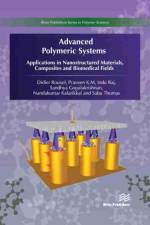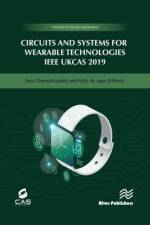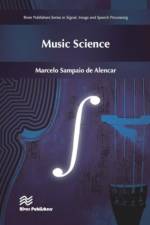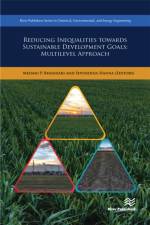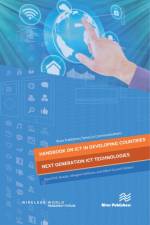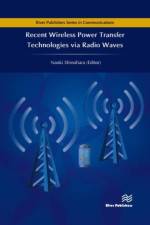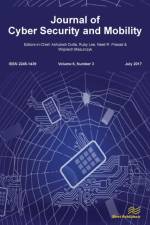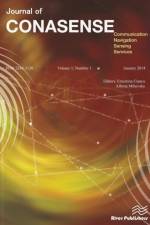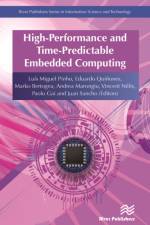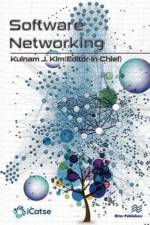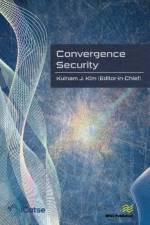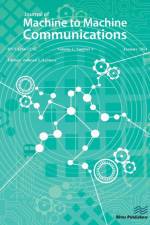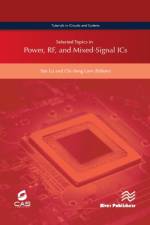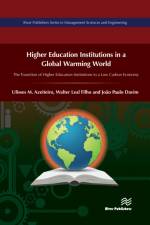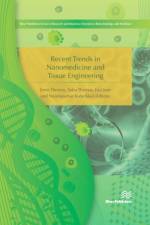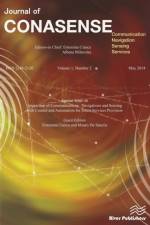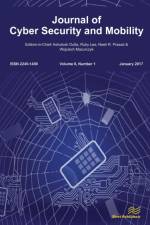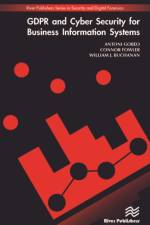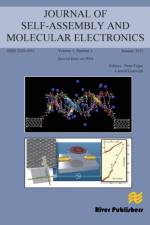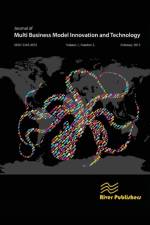av Marcelo Sampaio de Alencar
665 - 1 299
The book presents the fundamentals of music science, followed by a discussion on the historical evolution of music. An introduction to the analysis of signals in time and frequency is presented, which includes sound and noise. Features and mathematical aspects of the sound are discussed, including vibration and timbre.The book presents a review of existing voice models and discusses the voice production, sound perception, music characteristics and acoustics, tempo, rhythm and harmony. Musical theory is presented, including staff, notes, alterations, keys and intervals, tones and associated frequencies and wavelengths. The creation of major and minor scales is emphasized, along with a study on consonance and dissonance, measure, metric, tempo markings, dynamics, modulation. The book also explains the chord formation, and discusses melody and composition.The book has four appendices, including an appendix on the basic differentiation and integration theorems, another with useful Fourier tables, and an appendix featuring the notes, their frequencies and wavelengths. The book also has a glossary of music terms.

